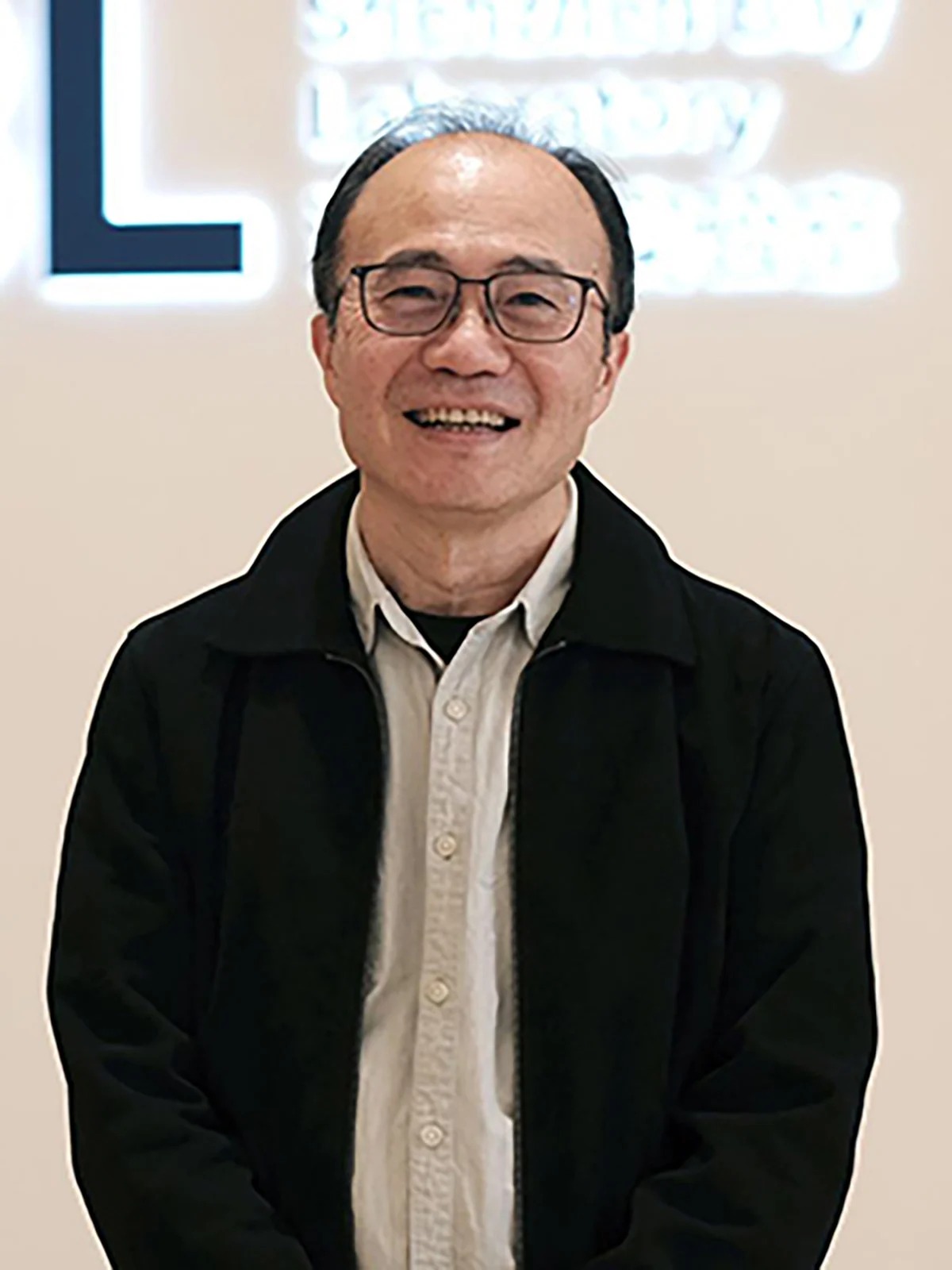By Shi Huang
An eminent neurobiologist has left his tenured professorship in the United States to return to China as the director of the Institute of Molecular Physiology at Shenzhen Bay Laboratory.
Wang Jing resigned as chair and professor of the department of neurobiology at the University of California San Diego (UCSD) in January to assume the full-time position at the institute in southern China. The role marks a new direction in a career that has drawn on his experience in several disciplines, including engineering and biology.
Since starting at the laboratory, Wang said he had read every paper written by its young principal investigators, meticulously reviewing the researchers’ work for months. He said the practice stemmed from a habit he developed at UCSD, which allows him to gain fresh perspectives from junior researchers quickly.
Wang has published more than 50 papers in prominent international journals, including Nature and Cell.
One paper that brought him significant global recognition, published in Nature in February 2022, used the fruit fly model to reveal the neuroscience underlying lust.
In a controlled experiment, Wang’s team found that male fruit flies deprived of a protein-rich diet showed no interest in nearby females and no desire. After consuming a protein meal, however, the male Drosophila exhibited courtship behaviour.
According to the researchers, the transition from feeding to courtship depends on a hormone produced in the gut, diuretic hormone 31 (DH31). When fruit flies consume a protein-containing diet, DH31 levels rise, triggering a shift in behaviour – governed by the gut.
“We found the transition from feeding to mating and were very surprised that a single molecule would have such a profound influence on behaviour decisions,” Wang told campus publication UC San Diego Today in an edition coinciding with the Nature article.
“Our study provides a mechanistic explanation of how the DH31 neuropeptide acts on the brain to change the motivational drive for two evolutionarily critical behaviours.”
Over the past five years, Wang’s research has focused on the function of the gut-brain axis. He investigates how neural circuits process sensory information, with a particular emphasis on the neural mechanisms that shape innate behaviours.
Using Drosophila as a model organism – leveraging its powerful genetic tools and simplified neuroanatomy – his research uses engineering principles as a framework to explore the logic of sensory information processing and behavioural regulation within neural circuits.
“Neurological diseases, such as Parkinson’s disease, depression and Alzheimer’s disease, are closely linked to the gut,” Wang told China Science Daily last month. “The gut-brain axis is a portal to understanding neuromodulation mechanisms and represents a frontier for future neuroscience.”
Born in China’s southern island province of Hainan, Wang was admitted in 1982 to Tsinghua University, one of the country’s top universities.
There, his academic interests constantly evolved. Initially, Wang joined the department of engineering physics, where he studied accelerators. In his third year, he transferred to the department of optics. As a graduate student, he shifted focus to the biology department under the tutelage of its deputy dean, Shen Ziwei.
After earning his master’s degree, Wang moved to the US in 1991 and received a PhD from the University of Iowa in 1997. From 1997 to 2004, he conducted postdoctoral research at Bell Labs and Columbia University.
Technological innovations have driven Wang’s research trajectory. As a postdoctoral scientist, he pioneered the application of the genetically encoded calcium sensor GCaMP for functional imaging in vivo, or in living organisms.
Additionally, he developed a non-invasive imaging system to visualise structure and function in the living fruit fly brain by coupling three-photon microscopy with the genetic expression of fluorescent proteins and GCaMP.
In 2004, Wang joined the neurobiology department of the school of biological sciences at UCSD. He was promoted to assistant professor in 2010 before becoming a full professor and, ultimately, department chair.
The current director of the Shenzhen Bay Laboratory is academician Yan Ning, a structural biologist who also heads the Shenzhen Medical Academy of Research and Translation since returning to China from Princeton University in 2022.
The lab integrates resources from universities, research institutions and enterprises across the Greater Bay Area, as part of its aims to build a world-leading innovation hub in life sciences and biomedicine.
Construction of the lab began in 2019, and it is co-sponsored by the Shenzhen Science and Technology Innovation Commission and the Shenzhen Graduate School of Peking University.
